Giwa, a term that means 'roof tiles' in Korean, are an important component of conventional Korean architecture. Since ancient times, these clay tiles have been used to build roofs that are not only practical but also elegant. Giwa is still a crucial component of Korean architecture today. These traditional Korean tiles were the inspiration for Korean-born, Brooklyn-based ceramic artist Jane Yang-D’Haene for her solo exhibition titled Remembrance, on view from June 22 to August 4th in New York. The exhibition showcased by The Future Perfect Gallery at their Hollywood flagship, the Goldwyn House unveiled three distinct bodies of work from the artist's Frill series, inspired by Korean craft and folk art traditions.
Remembrance, which is centred around Yang-D'Haene's recollections of her youth in Korea, pays a poignant homage to an instinctive sense of familial craft tradition that is stored in the fingertips and passed down through the generations. The exhibit creates an impressionistic representation of the visual traditions found within the pastoral landscapes of the artist's country through gestural and inquisitive work that resembles a drawing from one's memory. Since Yang-D'Haene moved to New York at the age of 16, the variances and irregularities that result from the experimentation inherent to her method have a narrative purpose in expressing the space between her Korean and American identities.
The Frill series is inspired by the Giwa tiles which form wave-like patterns as they come together into an elegant, upturned surface. The tiles come in shapes both flat and rounded. Yang-D'Haene's interpretation is centred on the sweeping line where the roof ends, beyond the point where it joins the walls enabling the tiles to take on an aesthetic character. The glaze on the ceramic art draws from the textures and finishes, with glossy interiors and crackled, gritty exteriors, laced throughout with celadon in reference to the historical glazing practice in East Asian ceramics.
Along with the tiles, the ceramic artist also takes inspiration from Minhwa, a genre of folk art that translates to ‘painting of the people’, referring to the work of itinerant or anonymous artists, used as an element of decor in Korean homes. The large-scale moon jars donning expressive hand-painted ceramic glazes that adorn the showcase are a reinterpretation of this folk art. Instead of combining two perfectly formed half-spheres, Yang-D'Haene methodically sculpts each piece from multiple layers of hand-rolled coils to create these exquisite moon-like vessels. This second series of work is motivated by the artist's memories of her childhood home, which her parents affectionately decorated with traditional crafts, including moon jars perched next to screens printed with a variety of vibrant natural scenes.
The third series consists of a collection of ceramic sculptural stools. Big, stepping stone-like pieces are glazed to resemble moss and lichen. The stool designs are Yang-D'Haene's first step into furniture design. They stand in contrast to the other pieces in the exhibition because of their cognizant sense of gravity, which is out of the ordinary for ceramics, that generally aims to defy it. “The challenges the element of chance presents when working with clay are antithetical to the sense of control and exactitude that my architectural training has ingrained in me; adopting this craft has taught me to accept imperfection and find beauty in it; to let go,” shares Yang-D'Haene.
In addition to the exhibition's significant focus on the theme of remembrance, Yang-D'Haene is portrayed as a process-oriented artist who is dedicated to pushing the boundaries of her medium through her product designs. This includes experimenting and sourcing unique glazes, testing how they interact with clay or even repeatedly firing pieces in the kiln until they are just on the verge of breaking. She accepts the cracks and collapses that are a result of these tests because she considers them to be a sign of the material's sincerity. “The intricacy of Jane’s work becomes all the more awe-striking, especially at that scale, when you know that she hand-builds her pieces from coils. They are a product of intention—of countless hours of layering clay until she is content with the final form,” shares Laura Young, Gallery Director of The Future Perfect Gallery.
Yang-D’Haene crafts her ceramic art pieces as a physical manifestation of one’s struggles, feelings, and memories. She fuses traditional Korean art and architectural traditions with contemporary design, making the viewer wonder how traditional elements can blend with modern practices to bridge the gap between cultures. Each of Jane Yang D'Haene's artwork alludes to her heritage while also referencing the present, giving their surroundings a vibrant feeling of peace and strength.
Text by Ria Jha






 Sign in with email
Sign in with email


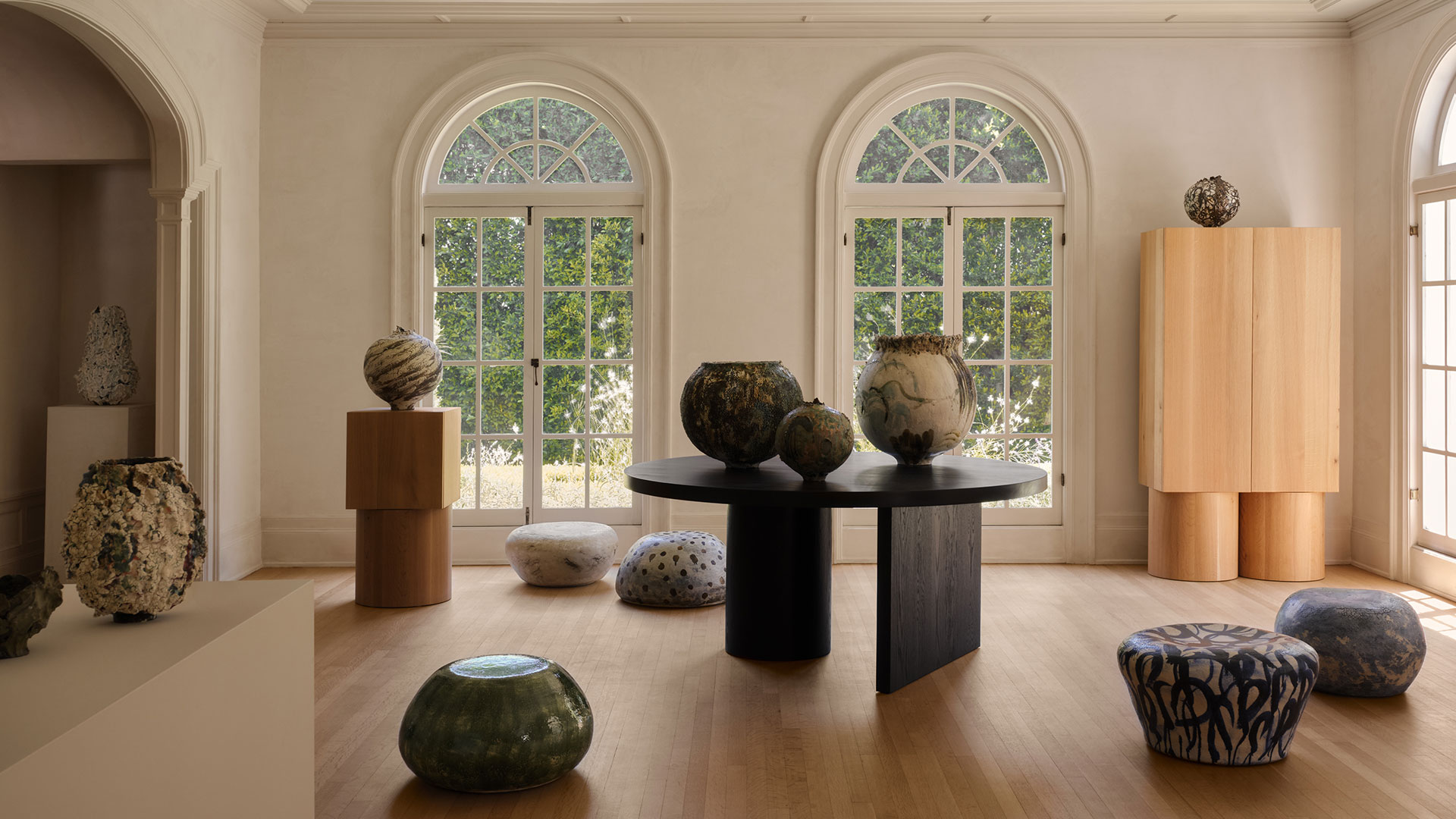
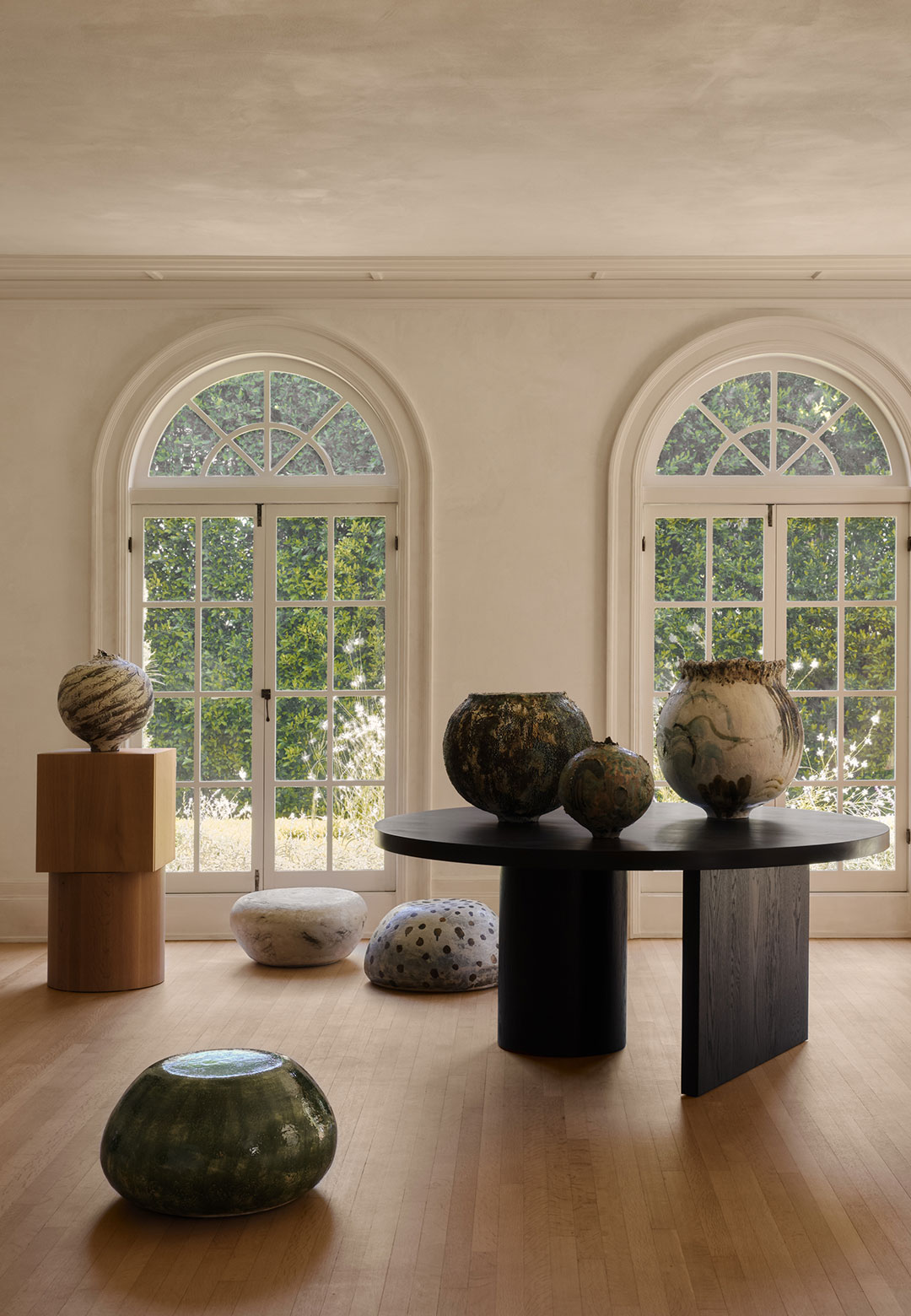
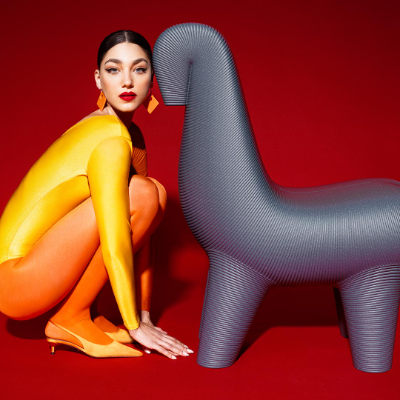
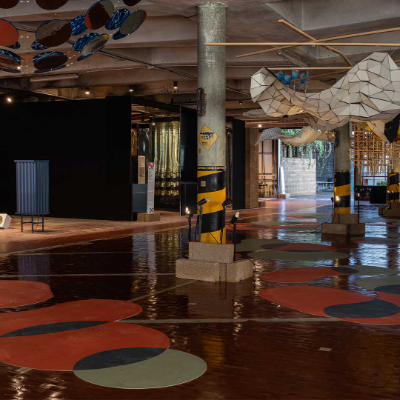
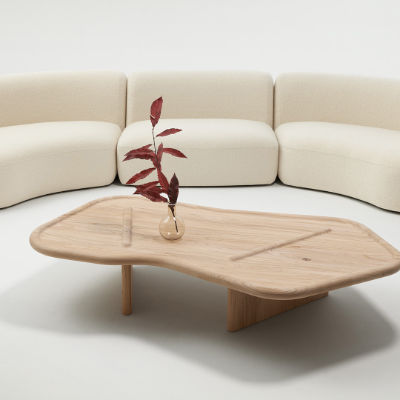
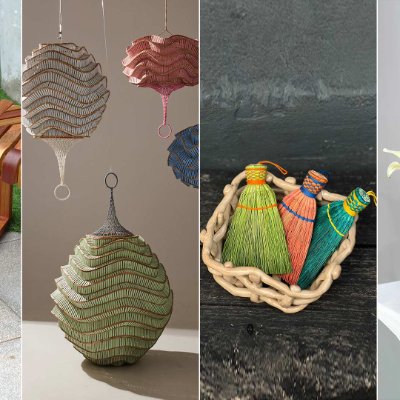
What do you think?